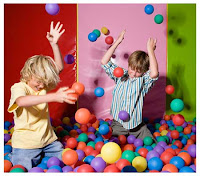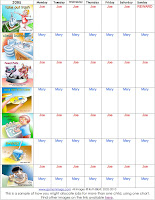The Best Therapy for Sensory Sensitivities in Kids on the Spectrum

"What would be the best therapy for high functioning autistic children who are overly sensitive to bright lights, loud noises, strong odors, certain fabrics, and certain foods?" Children with ASD level 1 or High-Functioning Autism often have a secondary diagnosis of sensory dysfunction . This may be found in the youngster who can't get enough sensory input, and needs to touch everything, jump on things, and simply craves input - or it may be the youngster that can't stand touch, doesn't like certain clothing because it irritates him or her, and can't handle sounds. Most of us unconsciously learn to combine our senses (i.e., sight, sound, smell, touch, taste, balance, body in space) in order to make sense of our environment. Kids on the autism spectrum have trouble learning to do this. Sensory integration therapy (SIT) is a type of Occupational Therapy (OT) that places a youngster in a room specifically designed to stimulate and challenge all of th
